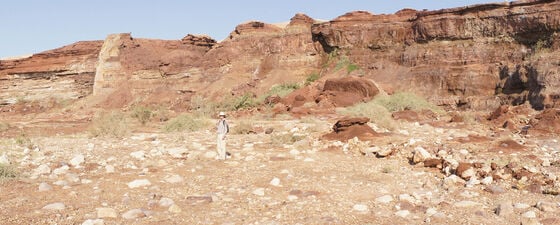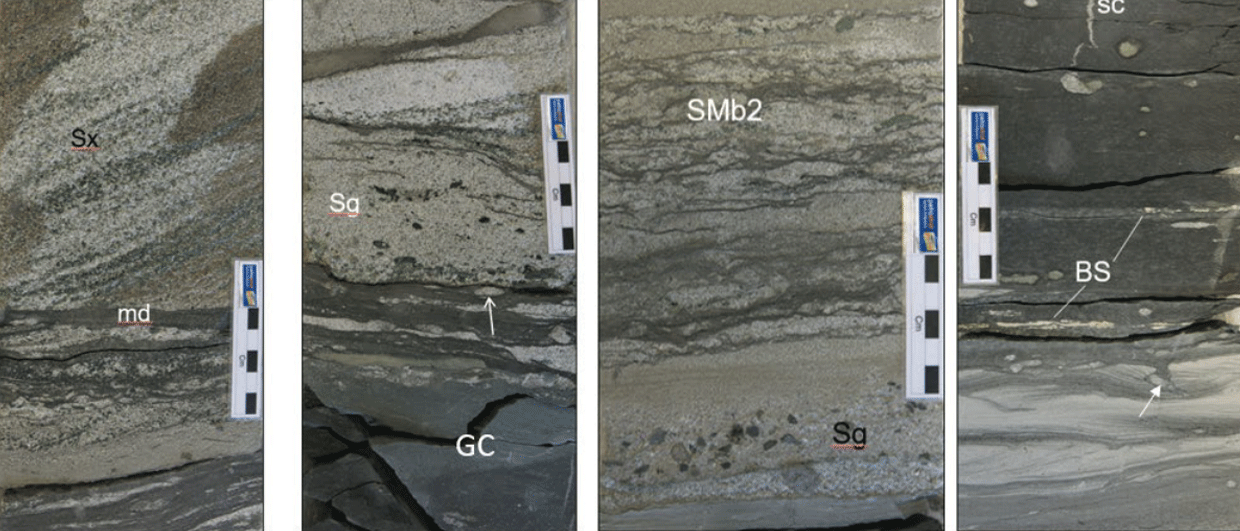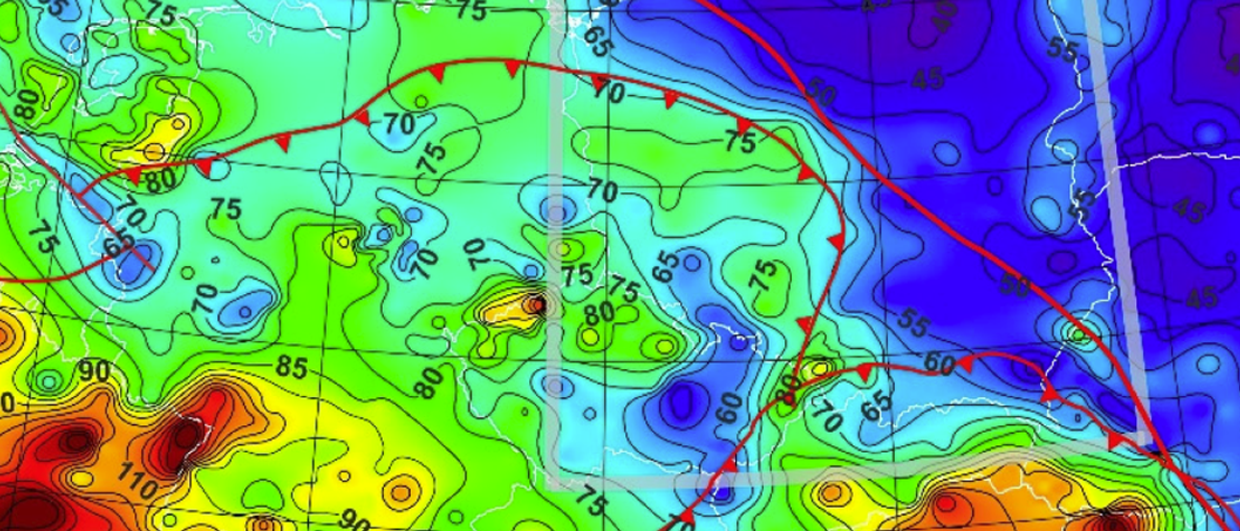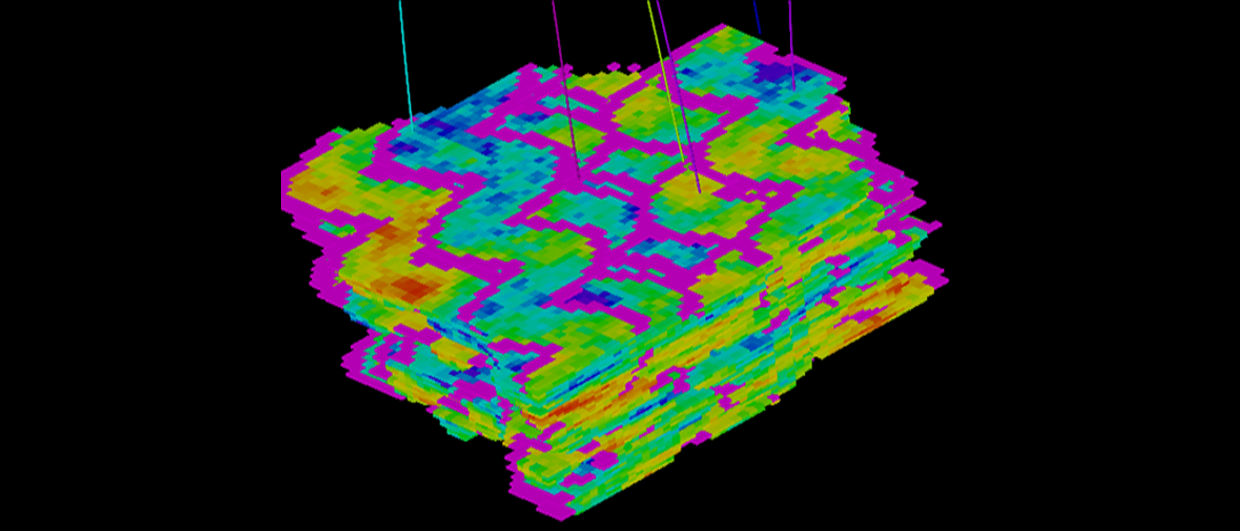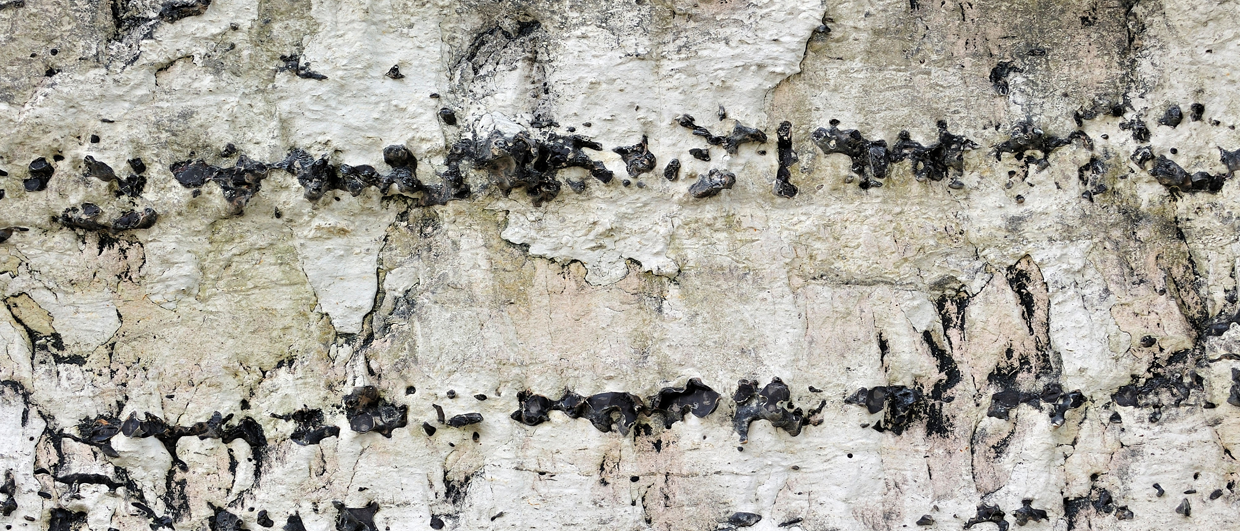Palynology Reinvented
Capturing carbon dioxide (CO2) from industrial and power sources and storing it in subsurface geological formations is an option for reducing emissions into the atmosphere. Palynology (the study of fossil spores and pollen that are common in argillaceous rocks) would seem to be far away from the big engineering and reservoir research questions for carbon capture and storage (CCS) and the energy transition, but surprisingly may have purpose in the crucial area of reducing the uncertainty caused by geological heterogeneity. Its use in this area shows how science developed to understand oil and gas extraction can be reinvented to help improve confidence in the injection and underground management of CO2.
Carbon Capture and Storage
At its most basic, CO2 storage requires that supercritical CO2 be injected into deep subsurface reservoir rocks over a long enough time period to make a difference to atmospheric CO2 concentrations. Understanding the behaviour of CO2 in advance of development of these reservoirs for long-term storage is therefore vital to provide confidence for investors and project developers and also for the governments and authorities that will regulate the process and eventually assume the long-term liability for a CO2 store.
Geological models used so far have aimed at large-scale estimates of storage capacity to get a view of the overall feasibility of CCS as a technology, in comparison with other technologies that are on offer. In general, these large-scale estimates, for example the Energy Technologies Institute UK Storage Appraisal Project (UKSAP) in 2011, tell an encouraging story suggesting abundant storage space that could support a large-scale future European CCS industry.
However, these models are necessarily broad-brush and incorporate very limited geological detail, particularly at the sub-seismic (metres to tens of metres) scale. One of the key uncertainties is heterogeneity along the migration path of an injected CO2 plume. These heterogeneities can include those bestowed on the rock by primary sedimentological and palaeoenvironmental factors, those from diagenesis and those from tectonic and structural change. Detailed geological data on heterogeneities are often not available for the saline aquifers that are an important target for CCS because their depth falls between the relatively data-rich environments of shallow freshwater aquifers and hydrocarbon reservoirs. Biostratigraphy and palynology can of course help to identify and correlate suitable reservoirs for CO2 storage, but recent research shows that palynology coupled with sedimentological analogue outcrop study can also offer insights and predictive tools to understand heterogeneity.
Analogue outcrop study combined with palynology is not a new thing for understanding reservoirs; oil and gas companies have consistently used outcrop models to better understand their subsurface assets. There are some crucial differences though: the practice of injection rather than extraction, that CO2 is a reactive gas injected in supercritical form, and that CO2 is being placed, as far as possible, in geological conditions that encourage slow migration, solubility trapping (where CO2 dissolves) and/or stratigraphic trapping.
The famous Sleipner CO2 storage facility is a case in point illustrating the balance that may be sought between injectivity and presence of sufficient heterogeneity to facilitate solubility trapping. Sleipner is the longest running facility for CO2 storage, having injected around 1 million tonnes of CO2 every year since 1996. A series of repeat (4D) seismic surveys has detected layers of rock with high CO2 saturation which show the attenuation of CO2 where it has accumulated below thin sub-seismic mudstone layers. The 4D seismic has also been able to track the rate at which buoyant supercritical CO2 rises through the reservoir, how and when it reached the overlying seal, and how it moved under the seal as more CO2 arrived. Perhaps the most interesting aspect for a stratigrapher is the role of the mudstone layers. Under other circumstances these layers might have been seen as problems for injection – perhaps making less of the reservoir available to injection. But the presence of these baffles has also proved useful in slowing down upward migration, allowing more time for chemical reactions to take place dissolving CO2 and leading to more long-term storage through carbonation. Thus, the low permeability mudstone layers promote ‘solubility trapping’ leaving the overlying seal (the physical trap) to do less of the work of confining the CO2.
Understanding the Geometry of Mudstones
The importance of palynology in understanding the geometry of mudstones is a newer discovery. This came about through the study of mixed mudstone/sandstone successions during three field campaigns in Jordan. Palynology was being undertaken to support the description of some of the world-class fossil plant discoveries in the Upper Permian Umm Irna Formation, a succession similar to the more fluvial parts of the Sherwood Sandstone Group which is a major CCS target in the North Sea.
The Umm Irna Formation is 70m thick and outcrops for 40 km north to south along the Jordanian Dead Sea coast. Detailed field sedimentology allowed the reconstruction of a palaeoenvironmental model, and to support the model around 30 individual mudstone layers within the Umm Irna complex, both large and small, were sampled for their spores and pollen. Overall, the mudstone layers revealed pollen and spores that fell into two categories. The first group was found in laterally persistent argillaceous units (>50m wide) like migrating point bars or flood deposits associated with the main river channels (Fig 1). This was high in diversity, containing a wide variety of Permian pollen and spores that probably represent a regional snapshot of the vegetation on the ancient floodplain and surrounding higher ground.
The second assemblage from smaller argillaceous units like oxbow and channel plugs (<5m wide) was of lower diversity with high proportions of one or two local palynomorphs, and also the spores of green algae (mainly zygospores) that usually indicate water bodies that are drying up (Fig. 2).
Taken as a whole, the palynology and sedimentological model (Fig. 3) envisage an alluvial plain with a wide hinterland feeding palynomorphs along the rivers. The palynology of the wider alluvial plain mudstones associated with active channels represents that big hinterland. The micro-environments around small, drying-up water bodies reflect a more local flora. Palynological study in the approximately contemporaneous alluvial pre-Khuff clastics and Gharif Formation of Oman tell a similar story. Laterally impersistent mudstones characteristic of these non-marine alluvial sediments outcropping in the Huqf area in central Oman contain low diversity assemblages with numerous zygospores. Similar characteristics have also been observed in comparable facies in Scottish Carboniferous successions.
The reason for this difference in the palynology between wide and narrow mudstone units is not completely clear, and more work needs to be done on other similar fluvial and alluvial successions both ancient and modern, but it seems likely that the different assemblages relate to the way that palynomorphs are transported. Although ‘winged’ palynomorphs (with small air sacks) can be distributed by wind, their main transport is by flowing water (Fig. 4).
Thus, a depositional environment associated with an active river channel that drains a large hinterland through its network of tributaries is more likely to contain a diverse assemblage of palynomorphs. Those associated with abandoned channels, particularly where a water body is drying up, is more likely to contain palynomorphs like zygospores (where green algae start to dry up) and purely local palynomorphs from plants very close to the water body (Fig. 5) and possibly growing just around it.
From Outcrop to the Subsurface
The distribution and lateral continuity of mudstone baffles will be obvious in outcrop, but the key is transferring what has been learned from the outcrop to the subsurface. Here the geologist will try to recreate, using boreholes and seismic, the 3D awareness gained from the outcrop to reconstruct the reservoir that is a target for CCS, such as an offshore Sherwood Sandstone Group target in the UK. If detailed palynology work is done, preferably on core from fairly closely spaced boreholes, it should be possible to distinguish a horizontal baffle in a borehole from a narrower mudstone unit with less baffle potential (Fig. 6).
Palynological methods like these will not solve all the problems on their own but could contribute to the methods at the exploration geologist’s disposal. At present there are plans to test the technique in representative outcrop formations of the Sherwood Sandstone Group in the UK, for example the beautifully exposed Otter Formation in Devon. Developing methods like these may help globally, not only with the Sherwood Sandstone Group in the UK and coeval formations in Europe, but also other continental successions which are the targets for geothermal exploration and carbon capture and storage. Both of these low-carbon energy techniques rely on an understanding of fluid flow for injectivity and extraction.
Acknowledgements:
Thanks to Dr J.H. Powell for his expert field sedimentological expertise.
References:
- Stephenson, M.H. & Powell, J.H. (2013). Palynology and alluvial architecture in the Permian Umm Irna Formation, Dead Sea, Jordan. GeoArabia, 18, 3, pp.17-60
- Stephenson, M.H. (2013). Returning Carbon to Nature: coal, carbon capture, and storage. Elsevier, Amsterdam, pp. 143.
- Stephenson, M. (2018). Energy and Climate Change: An Introduction to Geological Controls, Interventions and Mitigations. Elsevier, Amsterdam, pp. 186.

